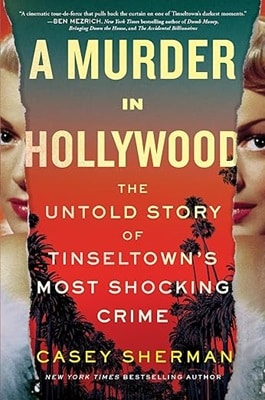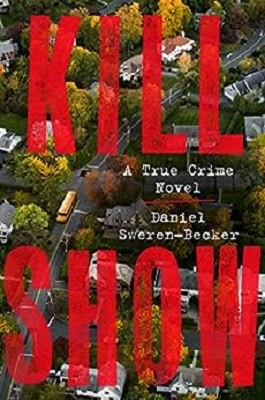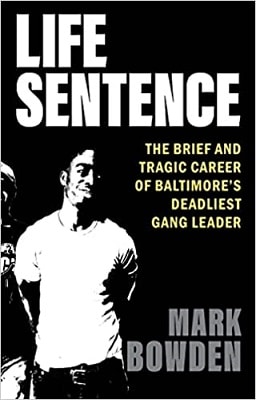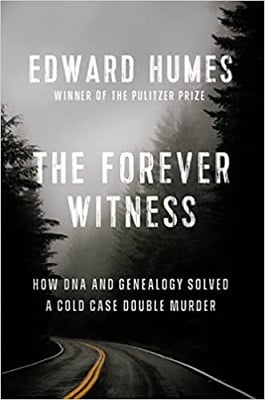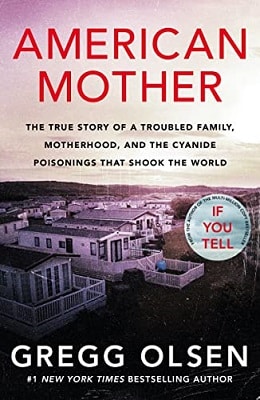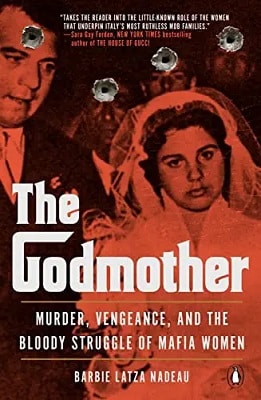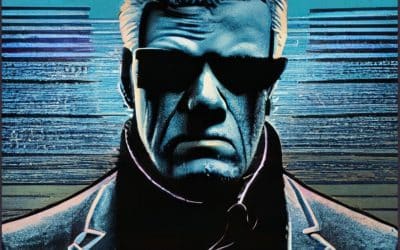Book Review
Kubrick: An Odyssey
Robert P. Kolker and Nathan Abrams’ Kubrick: An Odyssey is a detailed, meticulous biography of the famed director.
Amusingly, on page sixty-nine, Saul Negrin compares Kubrick to a grotesque cartoon character when he says he had “‘that Addams look,'” in an amusing anecdote sandwiched between more scathing commentary.
On page three hundred sixty-one, the author refers to ‘the creators of James Bond, Harry Saltzman and Bubby Broccoli’ in a fit of inaccuracy that is insulting to authors the world over. The idea he hasn’t heard of Ian Fleming is at best absurd, and one has to question how a book allegedly written by a human being has such an obvious error.
One needs to discuss Shelley Duvall and this book’s brief treatment of the controversy around her. The bulk of the material about The Shining appears in chapter twenty-two, with some before it in chapter twenty-one. On page three hundred ninety-five, the material is so worrying to the author it is marked as a legal flag. It’s not hard to see why, as it’s hilariously and definitively dismissive of both Shelley Duvall and a program she appeared on. This is an attempt to very briefly gloss over the question of whether Kubrick’s behavior towards her at the time could be seen as abusive. While arguments can be made about the severity and necessity of his behavior towards her on set, what is done here is merely dismissive, treating any of her complaints (or complaints related to her) as frivolous. Given that the director’s behavior towards her was legendary when this book was being written, the attempt to paint her as merely a complainer (despite her repeated attempts to be his apologist) is not only insulting but absolutely vile. While other inaccuracies and mistakes might be amusing or odd, this one is disgusting. Stanley Kubrick’s allegedly brilliant method of making an actress seem traumatized was to traumatize her, something that was not only unethical but equivalent to making actors perform like they are hurt by breaking their arms. Regardless of who survives or how good the performance is, it doesn’t make someone a good director; it just means they recorded the results of their own abuse.
On page four hundred twenty-one, the middle paragraph ends abruptly, without explaining what someone said.
At the end of my copy, the acknowledgments, as is to be expected, and then a bibliographic essay. The choice of this rambling list of sources instead of a more carefully formatted piece is strange, although perhaps appropriate to Stanley Kubrick’s own habits of producing rough work and refining it over time. On the other hand, the complete lack of an index of any sort is greatly disappointing. This is not to say the sources listed are not useful, merely acknowledging the myriad issues sorting them out.
The picture painted of Kubrick is not a shining one. He lies, cheats, makes efforts at union busting so that he can work his people all hours, abuses loopholes, and does his best to steal every bit of credit he can. He represents many of the bad examples of filmmakers using and abusing their associates and is mostly forgiven for the glowing praise some of his films receive.
The result, overall, is a mixed work. This book really wants Stanley Kubrick to be a great man and a great director, but it consistently depicts him as a hateful and mean-spirited individual who was desperate for credit and control regardless of the cost, and who refused to take the blame for anything that went wrong or any film of his that was less than a hit. Stanley Kubrick has long been one of the most overrated users of auteur philosophy, and while it’s good to see him taken down a peg in such a detailed biography, it doesn’t read as though that was entirely the author’s view on the man. The attempts to cover up and apologize for the man’s flaws, in a work that features so many others, leave a meticulous and in some ways invaluable mess. This book, which feels like it wants you to worship Kubrick, ends up depicting him as, at best, an asshole. Take that how you will.
Similar Titles
advertisement
Recommended Features
Southern Unsolved Mysteries
Three of the South’s Most Terrifying Unsolved Mysteries
Iconic Characters of True Crime
True crime characters that stand out more starkly than the rest
Real Life Monsters
The Appeal of True Crime: When Real Life Becomes a Monster Story


